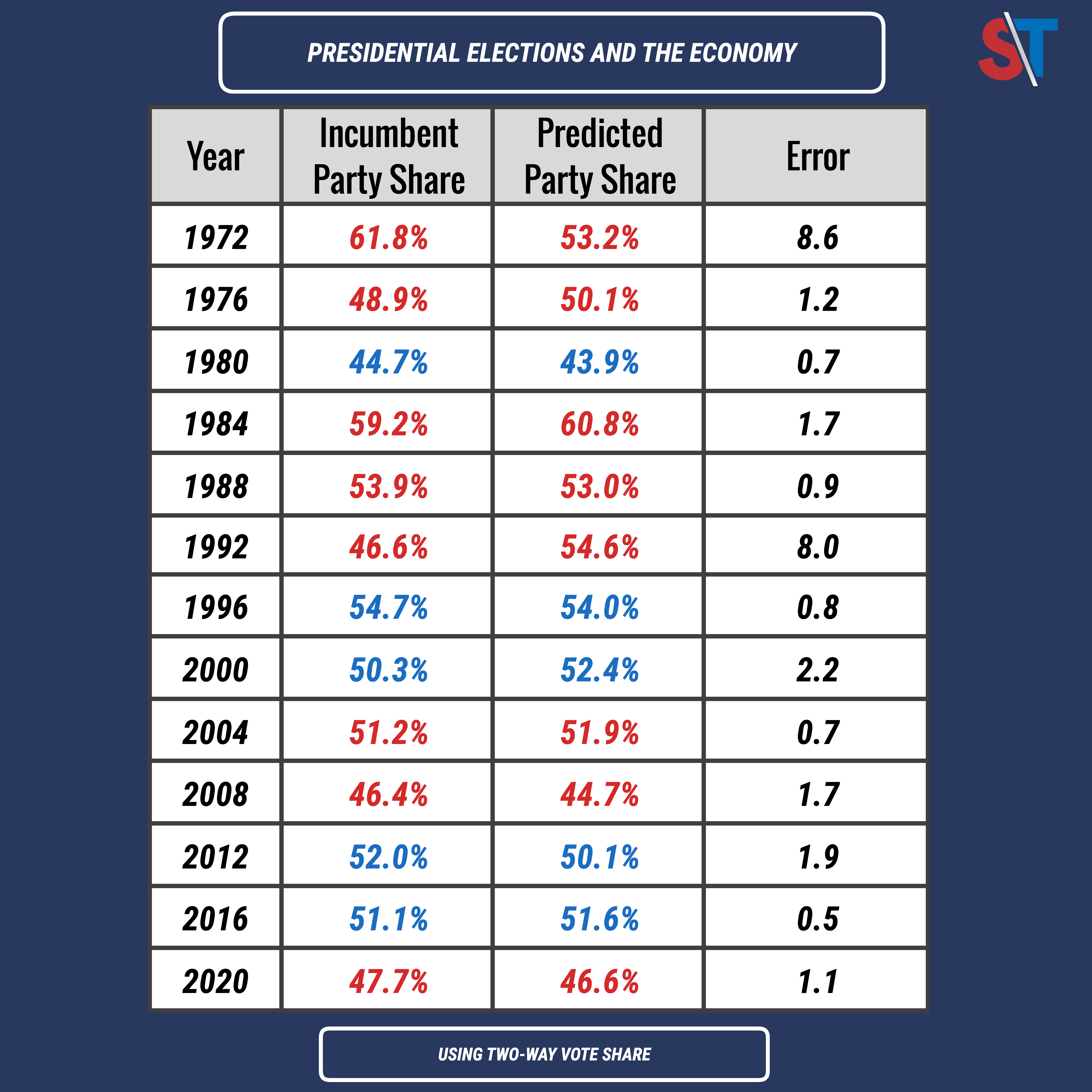Category: Modeling
-
Our NY-03 Special Election Preview

Today, voters will head to the polls to vote for a congressional representative to fill the vacancy created by former Representative George Santos’ expulsion. Both Republicans and Democrats expect a close race, given the extent of their recent investments in the district. With control of the House as narrow as… Read More
-
How Have Populations Changed In Red and Blue States?

A week ago, state population totals from the Census Bureau’s annual population estimates were released, the first data covering population changes following the controversial Dobbs v. Jackson Supreme Court Decision. Before any conclusions are drawn, it is crucial to note the inherent margin of error found in all, and between… Read More
-
Breaking Racial Polarization: A Case Study In The Deep South

The Upper Mississippi Delta region is home to some of the strongest and most intractable racial polarization anywhere in the country. Since the mass re-enfranchisement of black voters in the 1960s, white voters have overwhelmingly preferred Republicans while black voters have strongly backed Democrats. Long-term shifts driven by educational and… Read More
-
What Happened In Mississippi?

On a night of surprisingly strong Democratic performances in the 2023 elections, Brandon Presley’s 3.2% loss in Mississippi’s gubernatorial election stands out. Facing an incumbent governor in a Trump +17 state in the Deep South, most had already written off the Presley campaign. Then, a catastrophic October Democratic underperformance in… Read More
-
Do Special Elections Mean Anything?

One of the biggest open questions is why recent Democratic special election performances continue to paint a completely different electoral picture than what current polling suggests. Polls continue to show an effectively tied race between Joe Biden and Donald Trump, and Biden’s approval remains stuck in the low 40s. On… Read More
-
Presidential Elections And The Economy

Historically, voters have punished or rewarded presidents at the polls for their perceived handling of the nation’s economy — Jimmy Carter in 1980 and Ronald Reagan in 1984 are two excellent examples of this effect from both ends of the spectrum. While this sentiment has arguably been misplaced at times,… Read More
-
The Electoral Impact of Election Denial

With few exceptions, majorities in both parties have historically accepted presidential election results. But that changed in the 2020 Presidential election cycle, when President Trump claimed the election would be stolen amid ballot counting delays. His conspiracy theories reduced Republican confidence in American elections to historic lows and led 147… Read More
-
A Generational Cliff

Split Ticket has devoted significant coverage to the partisanship of young voters. Whether through analyzing individual-level data in voter files or by aggregating and examining exit poll estimates from the last four decades, the story we find remains consistent: young voters are extremely Democratic, and more importantly, ahistorically so. This… Read More

